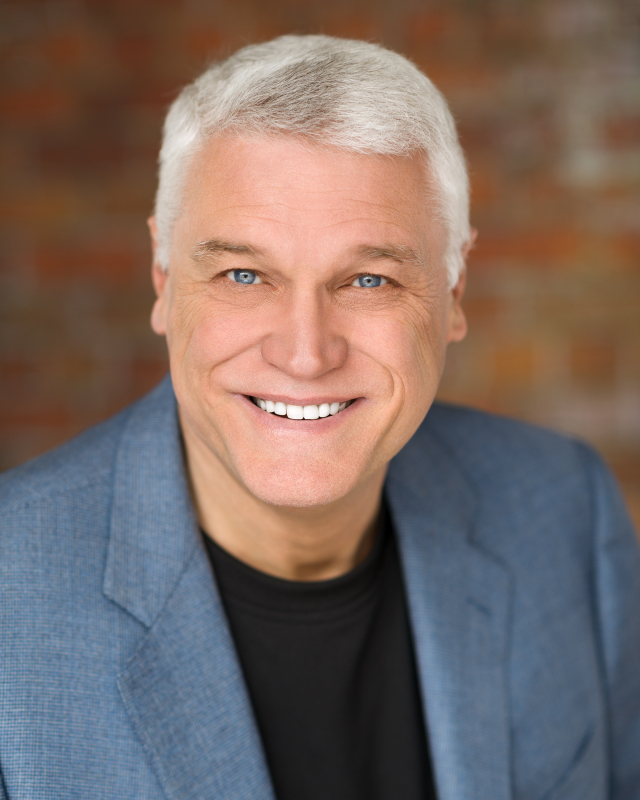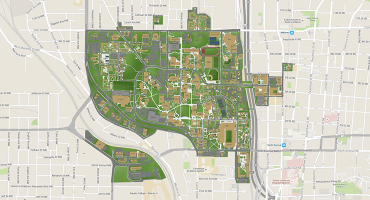
Rutt Bridges
Physics 1973
M.S. Geophysical Sciences 1975
2025 Inaugural College of Sciences Distinguished Alumni Award Winner
School of Earth and Atmospheric Sciences
Bridges earned a bachelor’s in physics and a master’s in geophysical sciences at Georgia Tech. During his years at Tech, he worked at GTRI, co-authored the Georgia State Gravity map, and was awarded SigmaXi’s best master’s thesis. After five years with Chevron, Rutt founded Advance Geophysical, developing seismic processing software for early microcomputers. Advance eventually merged with Landmark Graphics, with Bridges serving as chief technology officer until a Halliburton acquisition. After serving as president of the Society of Exploration Geophysicists, (SEG), he established the centrist Bighorn Center think tank. He has authored two books on autonomous electric vehicles that probed their potential environmental, economic, and social benefits. An involved Georgia Tech alumnus, Bridges was named the School of Earth and Atmospheric Sciences Alumnus of the Year in 2017, funds the Rutt Bridges Undergraduate Research Initiative, enabling undergraduates to participate in focused research, and served for many years on the College of Sciences Advisory Board. A past chair of Colorado Public Radio, he serves on numerous corporate and philanthropic boards.
How Georgia Tech prepared me for a successful career:
"We were a family of modest means. My father drilled water wells, and my mother was a church secretary. I worked as a roustabout and ditch-digger on my father’s rig for $3.50/day. When I got a minimum wage job moving furniture, I thought I’d died and gone to heaven! Throughout high school, I built and launched steel rockets (some of which didn’t immediately explode…) and collected data on my experiments, winning the National Youth Science Camp and Navy Science Cruiser Awards.
There was no better college to pursue my education than Georgia Tech. Tech not only gave me a superior education but also entrusted me with a graduate research project, monitoring and recording the findings of five seismographs scattered throughout a 30-square-mile area. This type of research provided the best documentation of a southeastern earthquake to date, including stress drop analysis, event magnitudes and depths, and the impact of isostatic reservoir loading. The equipment was advanced for its’ time and only possible for me to use thanks to a Georgia Tech federal grant and the cooperation of many scientists and volunteers. My love grew for this type of work and through this experience, I developed a passion for project management I would have never known existed. And if Georgia Tech hadn’t found me that great GRTI job, I might never have been able to afford tuition and graduate.
This is why I’m proud to 1) fund undergraduate research assistantships for EAS students, 2) pay their expenses to travel to meetings and present their research, and 3) cover the cost for all EAS undergrad students to participate in remote retreats where they can share experiences and bond."


